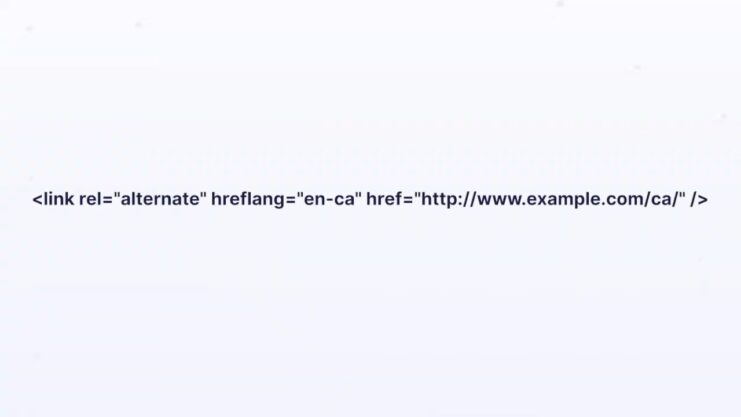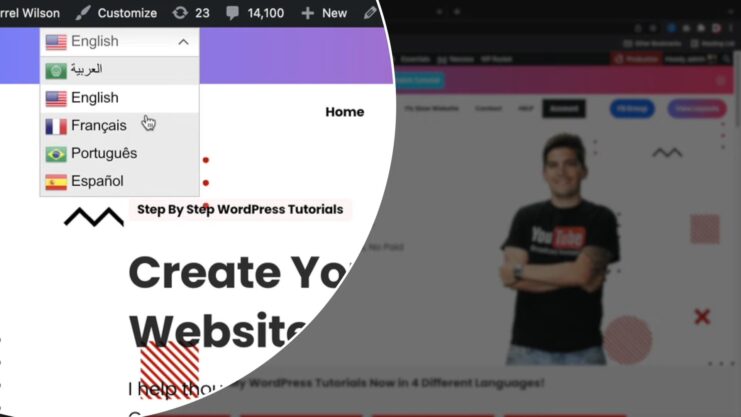Good findability in search engines is one of the major goals of every website operator. For international websites, however, it is additionally crucial that the website is found in the right country. So what do you have to consider from a technical and content perspective when offering multilingual websites?
Anyone who wants to do SEO for international websites has two options for implementation:
- SEO pilot project for the main language or main country from a company perspective, which can be applied to the other country sites if successful.
- Cross-country SEO strategy from the start of the project
Whichever option you choose: It is important to create an international SEO checklist before starting the project and to implement it step by step. Companies specializing in advanced SEO, such as SEOTwix company, conduct competitor and market analyses, based on which they select the best option for implementing an international website for each business. In this article, we show you which aspects are particularly important for international SEO.
The choice of the domain concept

An important step is to choose the right domain concept because the technical implementation of the website ultimately depends on it. The domains should always be aligned to the target country, not to the language. This is because search results are also displayed according to the country.
The following domain concepts are possible:
- One top-level domain per country (e.g. www.site.ca)
- One subdomain per country (e.g. ca.site.com)
- One global domain with sub-directories per country (e.g. www.site.com/ca)
A top-level domain has the advantage that the ending alone signals to Google in which country this domain should be found. At the same time, however, Google considers each domain to be independent so a ranking status must first be worked out for each of them at Google.
The situation is similar for one subdomain per country because here the independent part is mainly expressed by the fact that the link network has to be built up anew for each subdomain and is not strengthened by the global domain.
On the other hand, this is an advantage for global domains with sub-directories, because the different country versions can benefit from the link power of the global domain. For domains with many sub-pages, however, it should be noted that with only one domain, correspondingly long crawl times must be accepted. If necessary, not all pages will always be crawled because the crawl budget of the domain is not sufficient.

When deciding on a domain concept, not only the awareness and the link network of the company but also the number of countries and reach play an important role. However, the selection of a suitable domain concept also has its pitfalls. Especially if you decide on a top-level domain, each country or language version should get its domain. Unlike the globally anchored domain ending “.com”, Google assigns domains to a country according to their ending, as shown. The “.ca” thus corresponds to Canada and the “.fr” to France. If you now choose a top-level domain like “.ca” it is important that you do not add the languages as directories.
In this case, the domain itself would have ranking advantages for Canada due to the “.ca” ending, since the domain is assigned here. However, it means disadvantages for the ranking and findability in France, because the content may not be assigned cleanly. In this case, another top-level domain for France is recommended. Working with sub-directories should only be considered in combination with a global domain (e.g. .com, .net, .info, .org, etc.). Here the search engine can cleanly assign the subdirectories based on the language directory.
hreflang: Linguistic alignment & distinction

Once a domain concept is defined, one of the most important parts for the right findability follows. The linguistic alignment and distinction of each website. First of all, you have to determine in which language a page should be displayed in a certain country. While in USA English is perfectly sufficient as a language, in countries such as Switzerland or the Benelux countries several languages are used by users. Accordingly, in such countries, it may make sense to use several language-country versions for multilingual content.
In doing so, there is not only a high risk of the “wrong” pages appearing in the search results but also of duplicate content being created. Especially for very large pages, the content is often translated one-to-one. This should be counteracted from the outset with the correct linguistic markup by using the appropriate hreflang tags for each country or language-country version.
Whether via an XML sitemap or directly in the <head> area of the HTML text of each subpage: Only with the complete integration of all hreflang tags can it be ensured that the search results are offered in the appropriate language for the respective user.
Content for international websites
In addition to the appropriate domain concept and the technical preparation of the page, the content is also an important factor on an international website.
Often, simply translating the existing content is not enough and the website owner needs to take a closer look at the target market:
- What topics are important to users per country?
- How do users search in the target market and which keywords are relevant here?
- Match the planned content with the interests of the target market.
Important and helpful considerations for internationalizing content:
- Keyword and topic analysis to highlight important content.
- Considerations for content structure and preparation of topics
- Own content strategy per country
- User-centric content creation per country
International link building

Link building should also be considered as part of the SEO measures for international websites. In addition to good content, building relevant and appropriate backlinks is also important. In the international environment, check which portals and links are particularly valuable. Design a separate link-building strategy for each country based on the existing content. In this way, you can build up country-specific backlinks in the long term. It is important to always keep an eye on the quality of the backlinks and to work on them: Remove harmful spam links, replace broken backlinks, or redirect them.
Regular quality control
If nothing stands in the way of indexing the web pages, monitoring and regular checks of the technical points are indispensable, especially for large websites. Instead of relying on your spot checks, you should always use the tools offered by the search engines like Google Search Console. These tools offer the possibility to check the crawling and indexing of your pages and to keep an eye on them. If you notice any irregularities or problems, you can take appropriate countermeasures.
Each domain or language-country version should be added to the tools individually to be able to correct technical errors as quickly as possible. This is because indexing, hreflang, or crawling errors in particular can take on different dimensions depending on the domain and can be an important indicator of the search engine friendliness of each domain. This also includes individual site maps and link analyses, which save a lot of work and provide clarity if they are created per country.
Conclusion
To ensure proper indexing and user-relevant findability in search engines, the following points should always be included in the international SEO strategy:
- Implementation of the technical requirements from the point of view of the most important search engines of the countries in which one would like to position oneself.
- Correct domain concept from the point of view of company size and awareness
- Complete linguistic alignment and labeling of all country and/or language-country versions
- Alignment of content to the target market and creation of appropriate content
- Consideration of a backlink strategy depending on the country
- Timely and individual submission of all country and/or language-country versions to tools for regular monitoring of implementation

